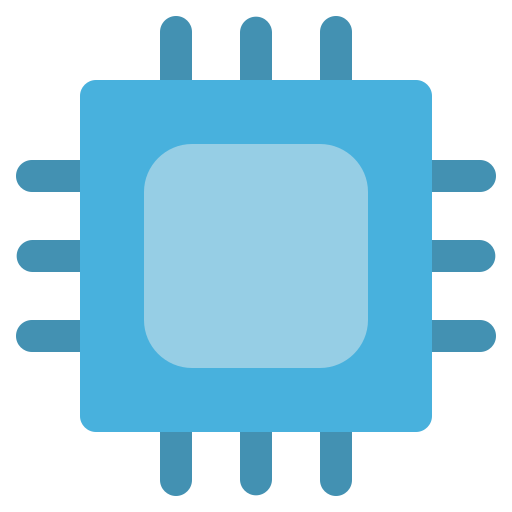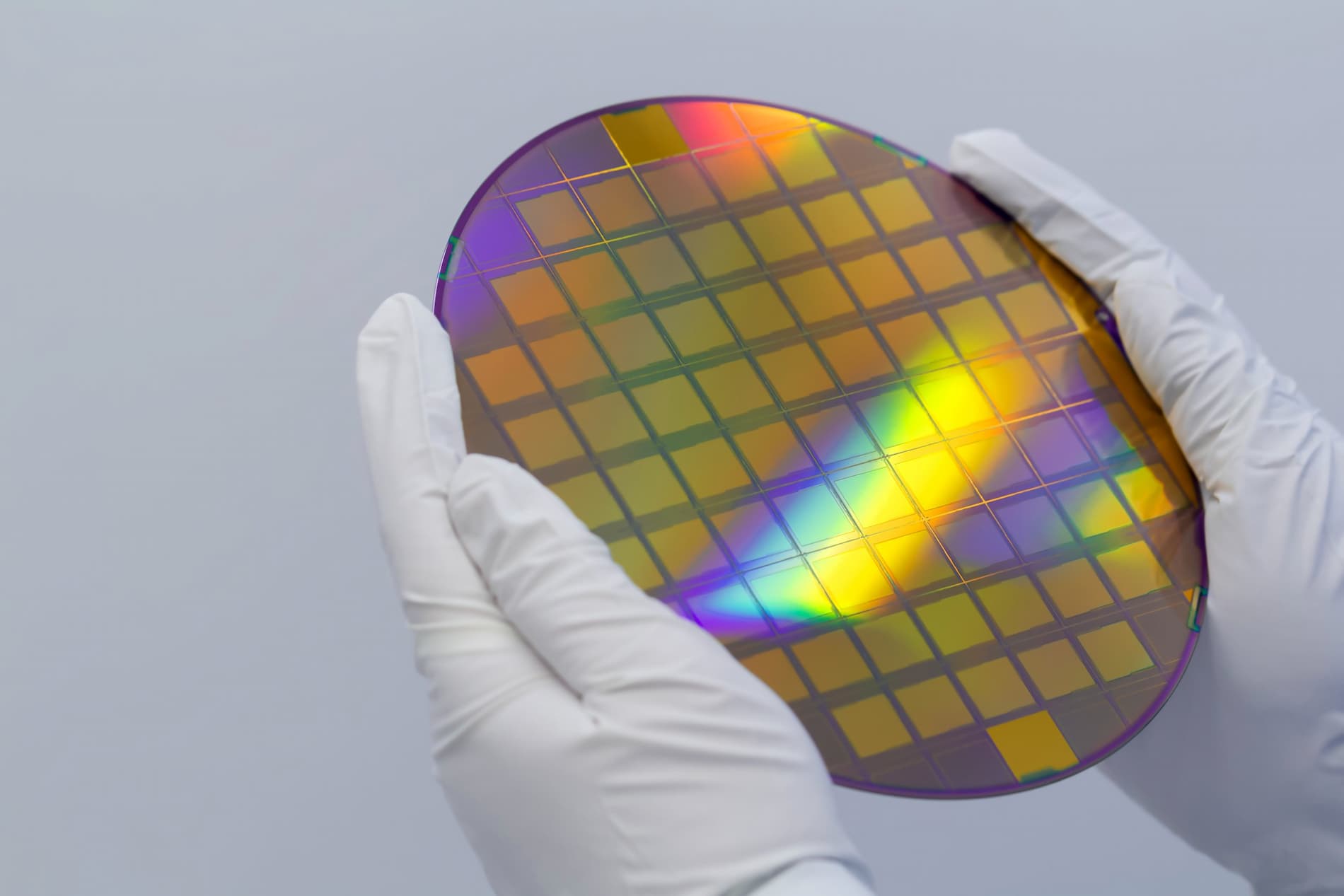2 weeks ago they were 15 years behind! At this rate, they’ll catch up by the end of the month!
TSMC had 7nm in 2018, SMIC had 7 nm in 2022, TSMC hit 5nm in 2020, SMIC hit 5 nm in 2024.
I don’t believe SMIC has commercially viable 5 nm.
I’m far from an expert on the topic but from the discussion that I’ve heard it’s also a matter of yield and cost.
Er… so China is closing the gap then. A+ for the attempt at positive framing.
I just started the book called Chip Wars. Super interesting so far!
No worries, we’ll hit a hard wall somewhere around 5nm because moores law is dead!! \s
Arguably Moore’s law is indeed dead. But that doesn’t mean we can’t get improvements from other areas like advanced packaging, chip power supply and so on…
You missed the /s I don’t think moores law is that dead.
I guess that would depend on your interpretation of Moore’s law.
Improvement in semiconductor performance is clearly not dead.
But “[relatively] easy automatic wins” from moving to a new node are starting to become less common. Prices for new nodes are not getting cheaper (even on a standardized basis), performance/efficiency/size gains are becoming more modest and ramp-up/deployment times are becoming longer and longer.
Yeah true, no need to nitpick about transistors per mm² :-)
Stuff gets denser, sometimes more efficient, and it goes on and on, more to the rhyme of international markets today than trying to keep up with old Moore.
It also feels like the target market have changed (again), from better PCs to handhelds, for example.
But I thought it stopped being correct about ten years ago?
The chief engineer of Intel predicted that it’d probably be impossible to get to 1um when they broke the 3um barrier.
Ya, um, not nm. So my bet is it will probably continue, it’s not really a law and everyone interprets it differently too so.




